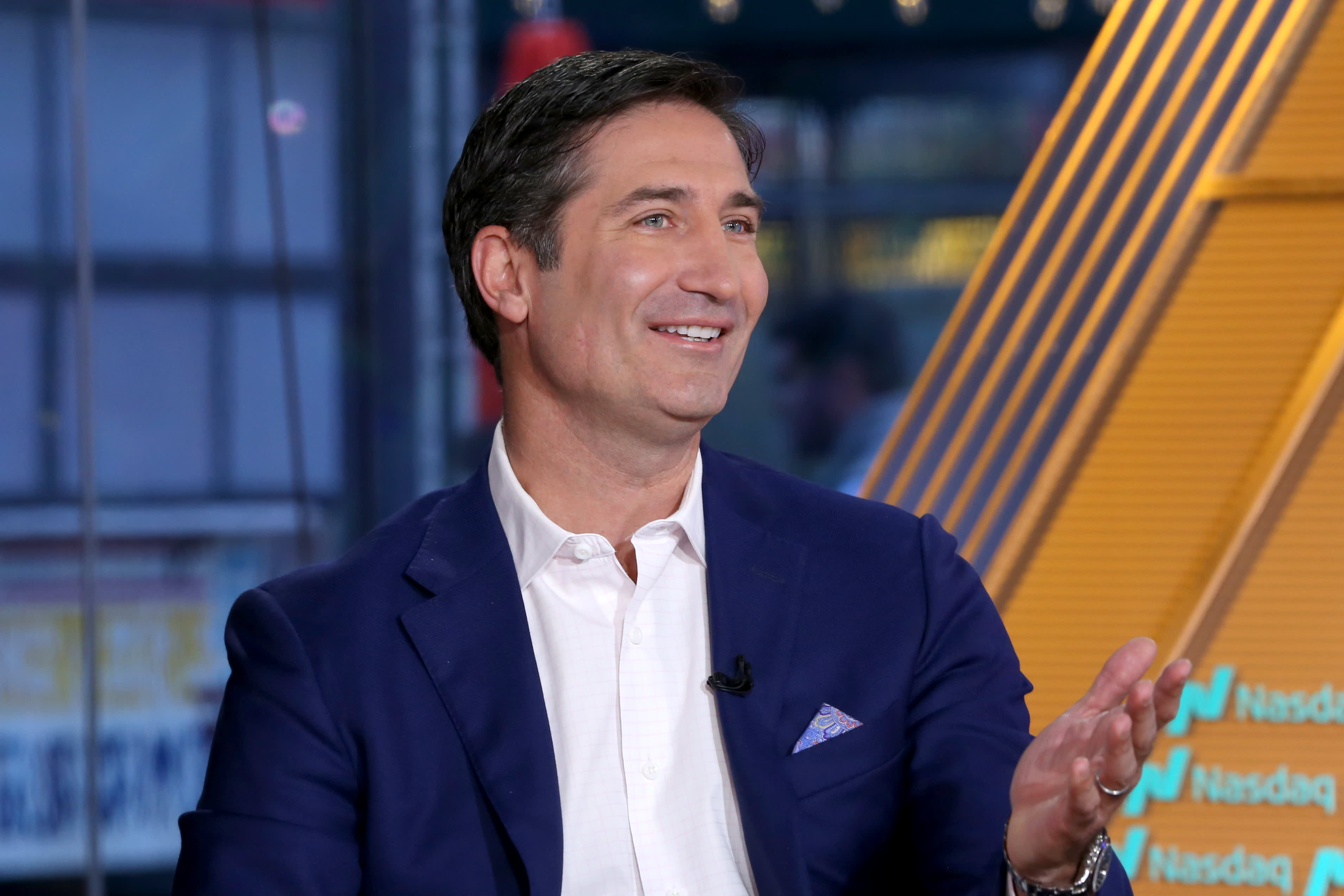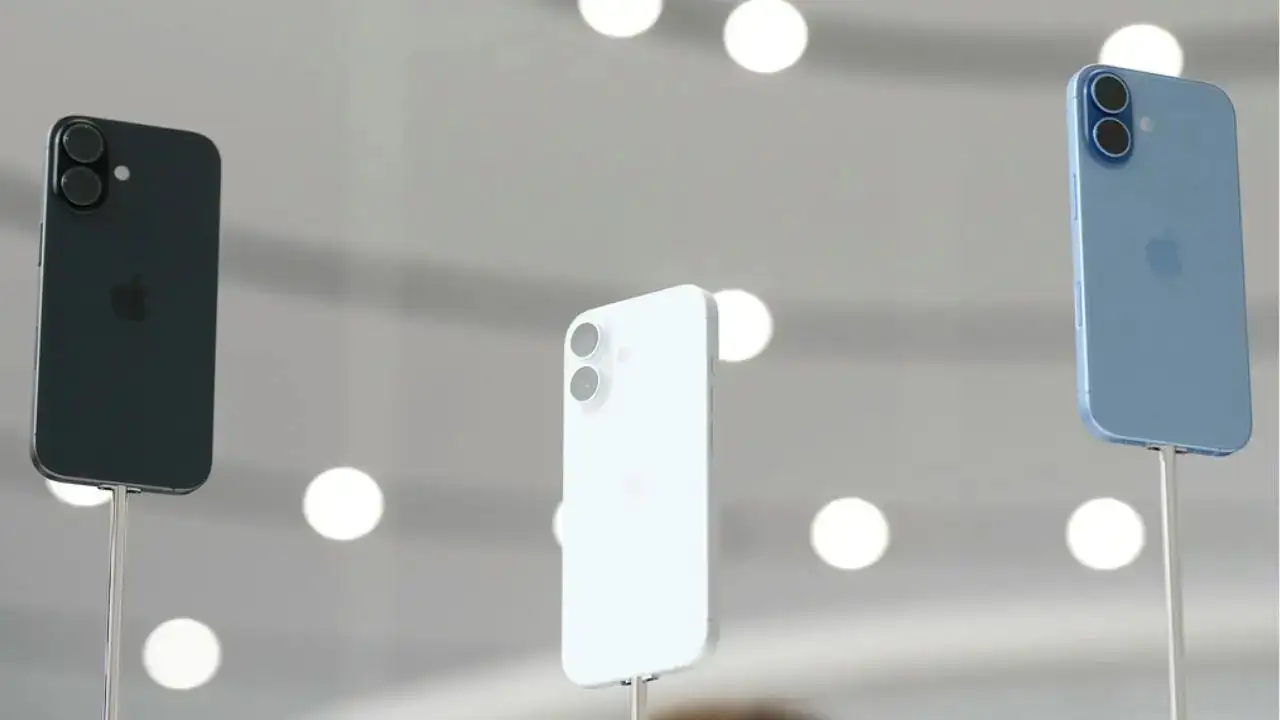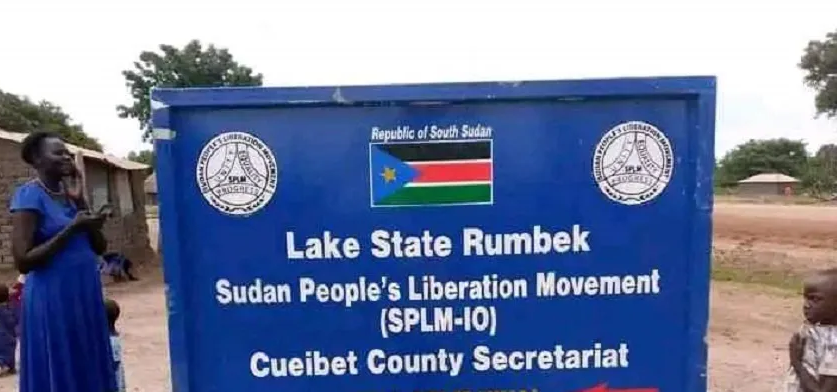By Paulina Likos
Copyright cnbc

Starbucks may be selling plenty of pumpkin spice lattes this fall, but its real recipe for a comeback is CEO Brian Niccol’s new Green Apron Service model. One month into a nationwide rollout of this new operating blueprint, Green Apron is designed to reconnect customers with baristas — whom the company calls “partners” — by putting more staff behind counters and equipping them with technology upgrades to hit a four-minute service target, set by Niccol, who began as CEO of Starbucks on Sept. 9, 2024. These updates are aimed not only at boosting sales through faster service and better in-store experiences, but also at restoring the kind of profit margins the coffee giant enjoyed before the Covid pandemic. Niccol left Chipotle Mexican Grill to join Starbucks. As CEO, he engineered a revival of Chipotle’s business and stock price, and he was tasked with doing the same at the iconic coffee brand. Starbucks stock saw a massive 24.5% pop on Aug. 13, 2024, the day Niccol was announced as CEO. However, the stock over the 12 months since he started has dropped 8.5% as it became apparent that the problems at Starbucks were more entrenched than they were at Chipotle and would take longer than expected to correct. “Our biggest opportunity is rolling out that Green Apron Service model consistently. We’ve had to hire a lot of new partners, we’ve got bigger teams,” said Niccol in a CNBC interview that aired Tuesday, exactly one year on the job. “I just want to make sure that we execute with excellence.” Starbucks committed $500 million to the Green Apron initiative — its biggest-ever investment in operations and customer service. It includes enhanced labor deployment and store refurbishments for better in-store seating, as well as “smart queue” technology to navigate digital orders, drive-thrus, and in-store cafes. The goal is to reduce friction so partners can focus on making drinks and connecting with customers. Green Apron is part of Niccol’s broader Back to Starbucks turnaround plan , which aims to deliver a personalized coffeehouse experience in a timely manner. Investment and change, however, also bring increased operating expenses, which in turn pressure the very margins Niccol is trying to expand. Starbucks’ operating margins have contracted for five consecutive quarters. Niccol has led the company through four of them. Same-store sales, or comps in retail speak, declined for six straight quarters. Starbucks remains a “show-me story,” Lauren Silberman, a restaurant analyst at Deutsche Bank, told CNBC in an interview. “The market is still waiting for proof that the Green Apron strategy can actually deliver on the margin recovery management is promising.” The Green Apron model has rolled out in the U.S. to about 1,500 company-operated cafes, or coffeehouses as they are now called internally. Improved service times, transactions, and sales were seen at those locations. In its 2024 annual report , Starbucks said it had more than 10,150 company-operated locations in the U.S. Jim Cramer, a long-time supporter of Niccol and his Starbucks plan, acknowledges the strain these investments put on the bottom line. “They’re doing some things that will hurt their gross margins, I think, but help the throughput,” Jim said. Throughput is an industry term for how quickly restaurants serve customers. While throughput gains are no guarantee of success, Jim said, “When Niccol says that it’s record numbers, it means something is working. Sell that stock at your own peril.” Jim was referring to Starbucks’ record-breaking sales week following the launch of its fall menu in late August. These signs of momentum are encouraging, but do not erase the bigger challenge: Profitability is still below pre-Covid levels. Back in 2019 , Starbucks saw an adjusted operating margin of just over 17%. That number, according to Silberman, is Wall Street’s “guidepost” for what strong performance looked like before the pandemic — when the company balanced premium pricing, leaner operations, and customer satisfaction. SBUX 5Y mountain Starbucks 5 years In its fiscal 2025 third-quarter earnings report, which was released in late July, Starbucks said its adjusted operating margin dropped year-over-year by 6.5 percentage points to 10.1%. At the time, management attributed the decline to aggressive investments under Niccol’s Back to Starbucks plan. “Our margins in the near term are impacted by critical investments in our stores, partners, and customers,” Starbucks CFO Cathy Smith said during the company’s earnings conference call. She did point to signs of early progress that give leadership confidence that the strategy will pay off. “We believe these investments will yield the returns to drive much healthier margins over time.” In the meantime, however, Smith said, “To offset these investments, we are focusing on driving a healthier and more efficient cost structure that allows us to weather macro headwinds, drive sales flow-through, and simultaneously fund our Back to Starbucks strategy.” These cost control measures include eliminating the “mobile order and pick-up only” store formats by 2026 — a model that Niccol said is “overly transactional and lacking the warmth and human connection that drives our brand.” Starbucks is also reevaluating its North American store portfolio to ensure its coffeehouses are in the right locations and address underperforming stores. Last month, the company announced plans to scale back production schedules at its five U.S. coffee roasting and packaging plants from seven days to five starting January 2026. It also capped raises for salaried employees at 2%. Silberman said there is more low-hanging fruit when it comes to controlling expenses — particularly in the general and administration (G & A) costs line item. “The company has had lofty G & A spend over a long period of time,” she said, noting that the previous management team didn’t fully address it. G & A includes salaries, rent, insurance, and other indirect expenses tied to daily operations. “They’re looking at near-term opportunities to get the cost structure back to 2019 [operating margin] levels,” Silberman said. Still, investors are not yet fully sold. While Silberman has a buy rating on the stock and a $107 price target — implying 27% upside from Tuesday’s levels — she is keeping her margin forecast conservative at 13% by 2028. That’s slightly below the Street’s average forecast of 14%. But, if Starbucks can deliver on the Green Apron promise and get back to a 17% margin, Silberman said the stock could become more compelling. Jim already sees the value in Starbucks and Niccol over the long haul, saying the $81 to $82 range looks attractive to buy more shares for the Club portfolio, which last added to our position on Aug. 11 after an unreasonable post-earnings slump. Starbucks shares were trading around $84 each Tuesday. We currently have a buy-equivalent 1 rating on the stock and a $100 price target. (Jim Cramer’s Charitable Trust is long SBUX. See here for a full list of the stocks.) As a subscriber to the CNBC Investing Club with Jim Cramer, you will receive a trade alert before Jim makes a trade. Jim waits 45 minutes after sending a trade alert before buying or selling a stock in his charitable trust’s portfolio. If Jim has talked about a stock on CNBC TV, he waits 72 hours after issuing the trade alert before executing the trade. THE ABOVE INVESTING CLUB INFORMATION IS SUBJECT TO OUR TERMS AND CONDITIONS AND PRIVACY POLICY , TOGETHER WITH OUR DISCLAIMER . NO FIDUCIARY OBLIGATION OR DUTY EXISTS, OR IS CREATED, BY VIRTUE OF YOUR RECEIPT OF ANY INFORMATION PROVIDED IN CONNECTION WITH THE INVESTING CLUB. NO SPECIFIC OUTCOME OR PROFIT IS GUARANTEED.



